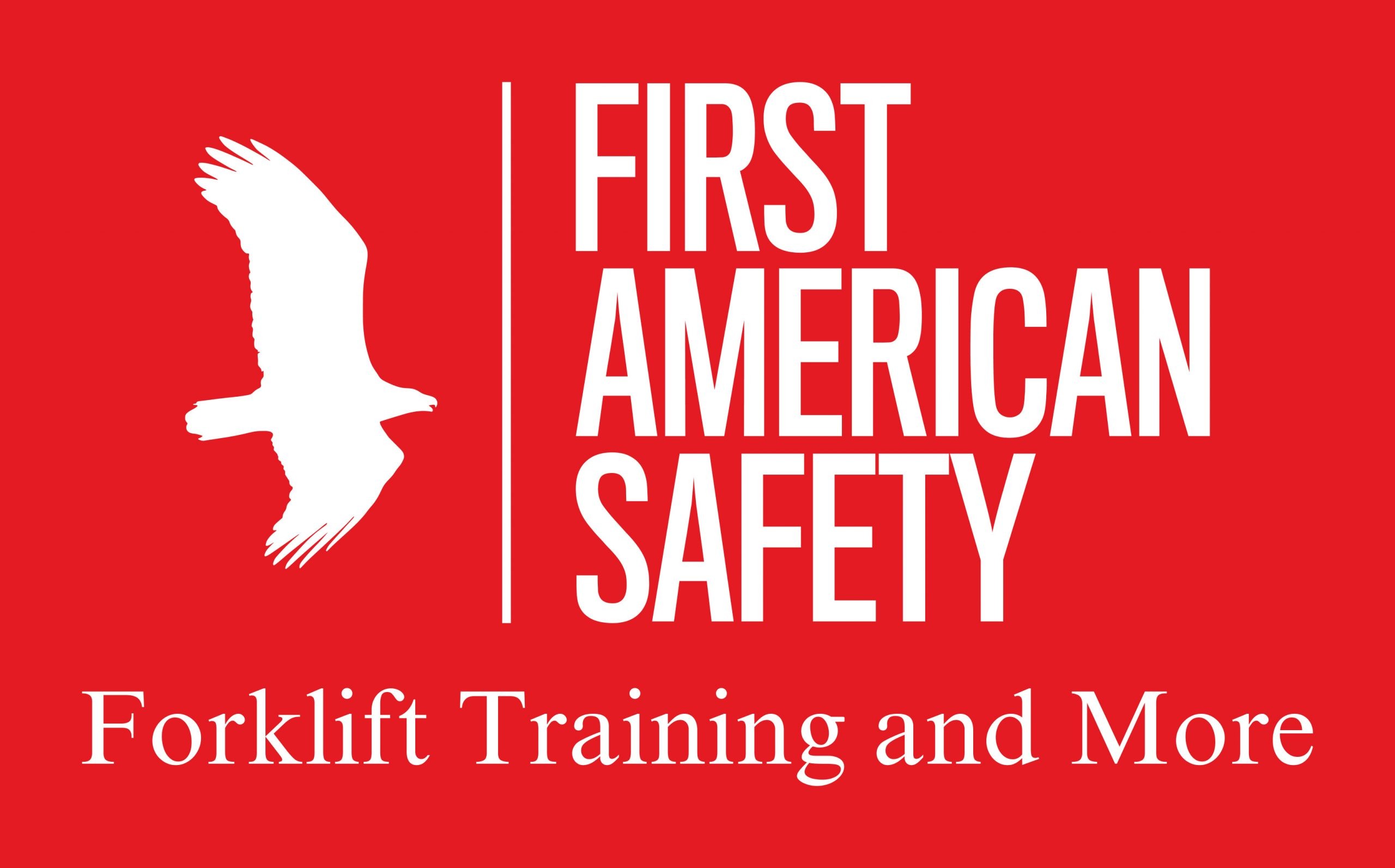Need some free safety meeting topics?
Power Tool Electrical Safety on The Job
Power Tool Electrical Safety Free Tailgate Safety Meeting Topic
-
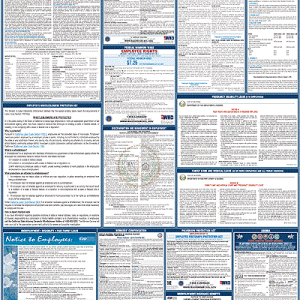 2025 Labor Law Poster State and Federal Combo$33.99
2025 Labor Law Poster State and Federal Combo$33.99 -
Product on sale
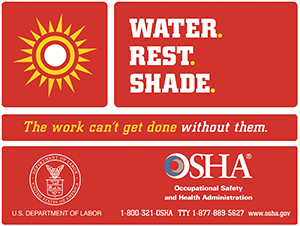 Heat Illness Prevention PlanOriginal price was: $39.99.$29.99Current price is: $29.99.
Heat Illness Prevention PlanOriginal price was: $39.99.$29.99Current price is: $29.99. -
Product on sale
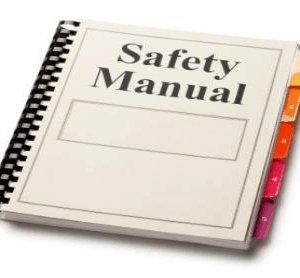 Injury/Illness Prevention Program (IIPP)Original price was: $49.99.$39.99Current price is: $39.99.
Injury/Illness Prevention Program (IIPP)Original price was: $49.99.$39.99Current price is: $39.99.
Purpose
This tailgate safety meeting focuses on power tool electrical safety to prevent shocks, burns, and electrocution. Power tools are vital for construction and maintenance tasks, but improper use can lead to serious injuries. By learning and applying power tool electrical safety practices, our team can work confidently and return home safely each day.
Discussion
Power tool electrical safety is critical, as electrical injuries account for over 4,000 workplace incidents annually, per OSHA. Shocks from power tools can cause severe harm, but these risks are preventable with proper precautions. Let’s explore five essential tips for safe power tool use.
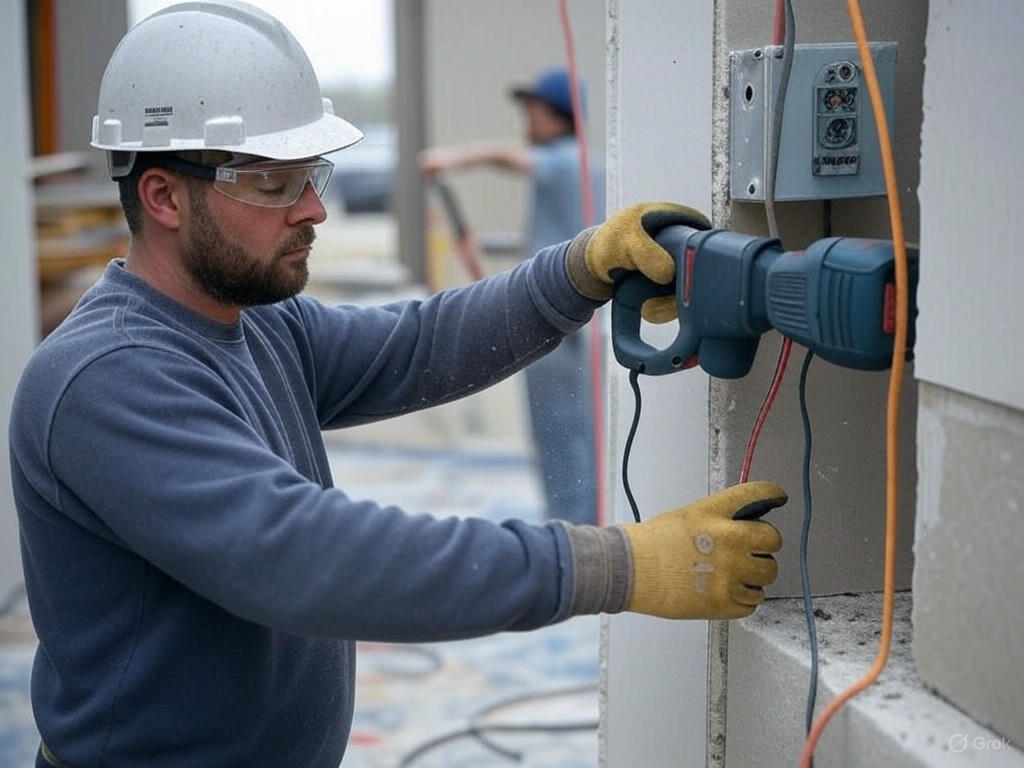
Inspection
Always inspect power tools before use to ensure power tool electrical safety. Check the power cord for fraying, cuts, or exposed wires and verify the plug is undamaged. Inspect the tool’s housing for cracks. For instance, a frayed cord on a grinder could cause a shock if it touches metal. If you find damage, tag the tool “Do Not Use” and report it for repair. Never use a faulty tool.
Using GFCIs for Power Tool Electrical Safety
Ground Fault Circuit Interrupters (GFCIs) are key to power tool electrical safety. They cut power instantly if a ground fault is detected, preventing shocks. When using power tools outdoors or in wet areas, plug into GFCI-protected outlets or use portable GFCI adapters. Test GFCIs before use by pressing the “test” and “reset” buttons. A GFCI recently saved a worker from injury during a fault—proof of its importance.
Choosing the Right Extension Cord
Using the correct extension cord enhances power tool electrical safety. Select a cord rated for your tool’s amperage, as listed in the manual. For example, a circular saw needs a 12-gauge cord, not a 16-gauge one. Ensure the cord is undamaged and has a grounded three-prong plug. Avoid chaining cords, as this increases risks. Check our safety resources page for cord selection guidelines.
Maintaining a Dry Work Area
Water and electricity are a dangerous mix, making a dry work area essential for power tool electrical safety. Before using tools, check for puddles or wet surfaces. If working outdoors in rain, wait for dry conditions or move to a covered area. Store tools in dry locations to prevent damage. A wet tool caused a near-miss last month—let’s keep work areas dry.
PPE for Safe Power Tool Use
Personal Protective Equipment (PPE) supports power tool electrical safety. Wear rubber-soled shoes to insulate against ground faults and insulated gloves in high-risk tasks. Safety glasses protect against sparks or debris, especially when working with metal. Ensure PPE is in good condition. PPE is a critical layer of defense for safe power tool use.
Key Points
Tool Inspection
- Inspect cords, plugs, and tool housing for damage or defects.
- Tag and report damaged tools immediately.
GFCI Protection
- Use GFCI outlets for all outdoor or wet power tool tasks.
- Test GFCIs before use to ensure functionality.
Extension Cord Safety
- Match cord gauge to tool requirements for safe power tool use.
- Avoid damaged or chained cords.
Dry Work Environment
- Keep work areas dry to maintain power tool electrical safety.
- Store tools in dry conditions.
PPE Compliance
- Wear rubber-soled shoes, insulated gloves, and safety glasses.
- Replace worn PPE promptly.
Action Items
- Inspect all power tools for electrical safety at shift start; tag defective units.
- Confirm all outdoor outlets are GFCI-protected; report issues.
- Review tool manuals for correct extension cord use by tomorrow.
- Check work areas for water hazards daily before tool use.
- Verify team PPE compliance and replace damaged items this week.
Summary
This meeting covered power tool electrical safety, emphasizing tool inspections, GFCI use, proper extension cords, dry work areas, and PPE. Electrical safety is a team effort—stay vigilant, report hazards, and hold each other accountable. By prioritizing power tool electrical safety, we prevent injuries and maintain a safe workplace. Let’s keep safety first every day.
The First American Safety Power Tool Electrical Safety poster can help inform your employees on the safe use of their tools.
